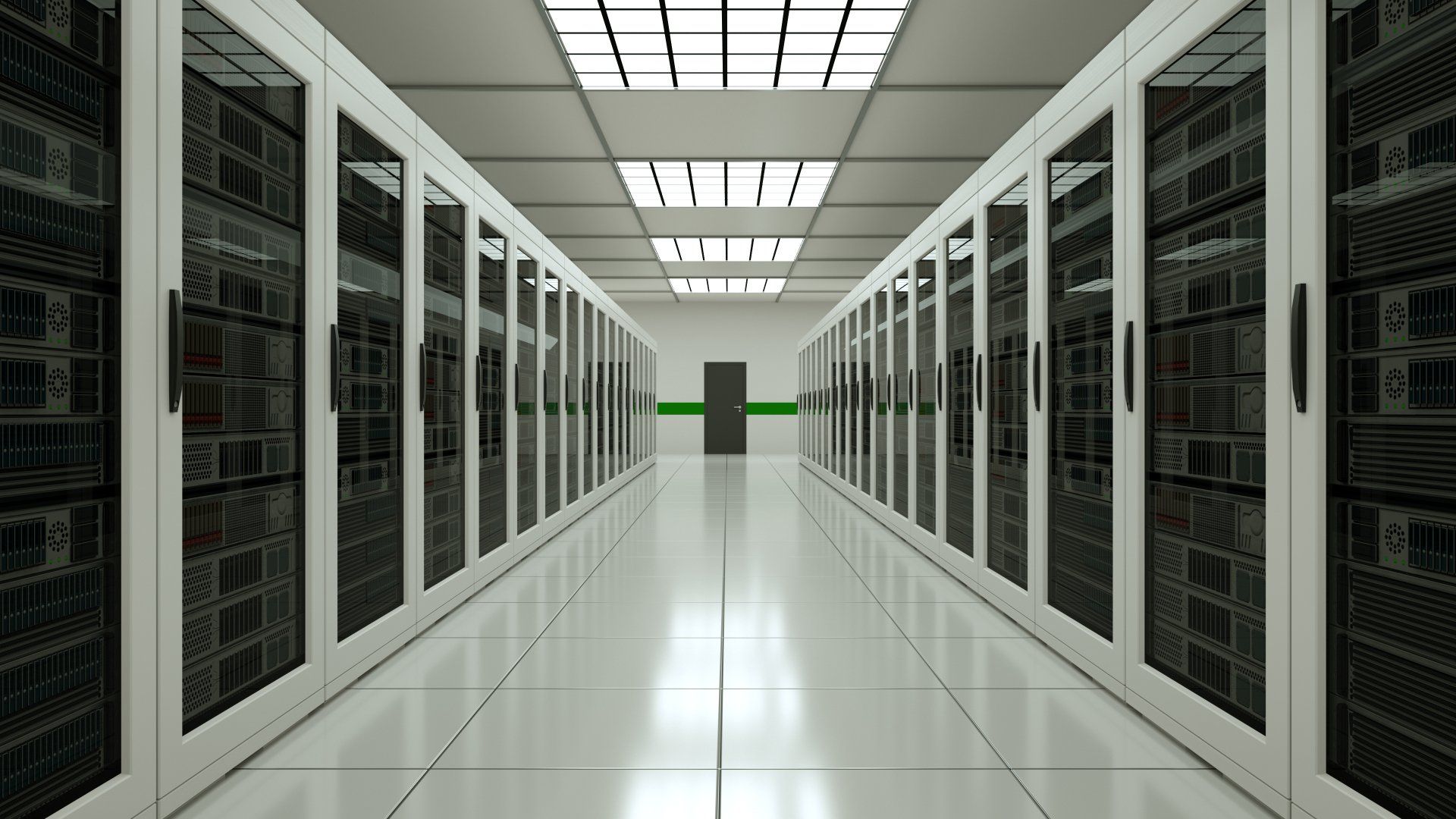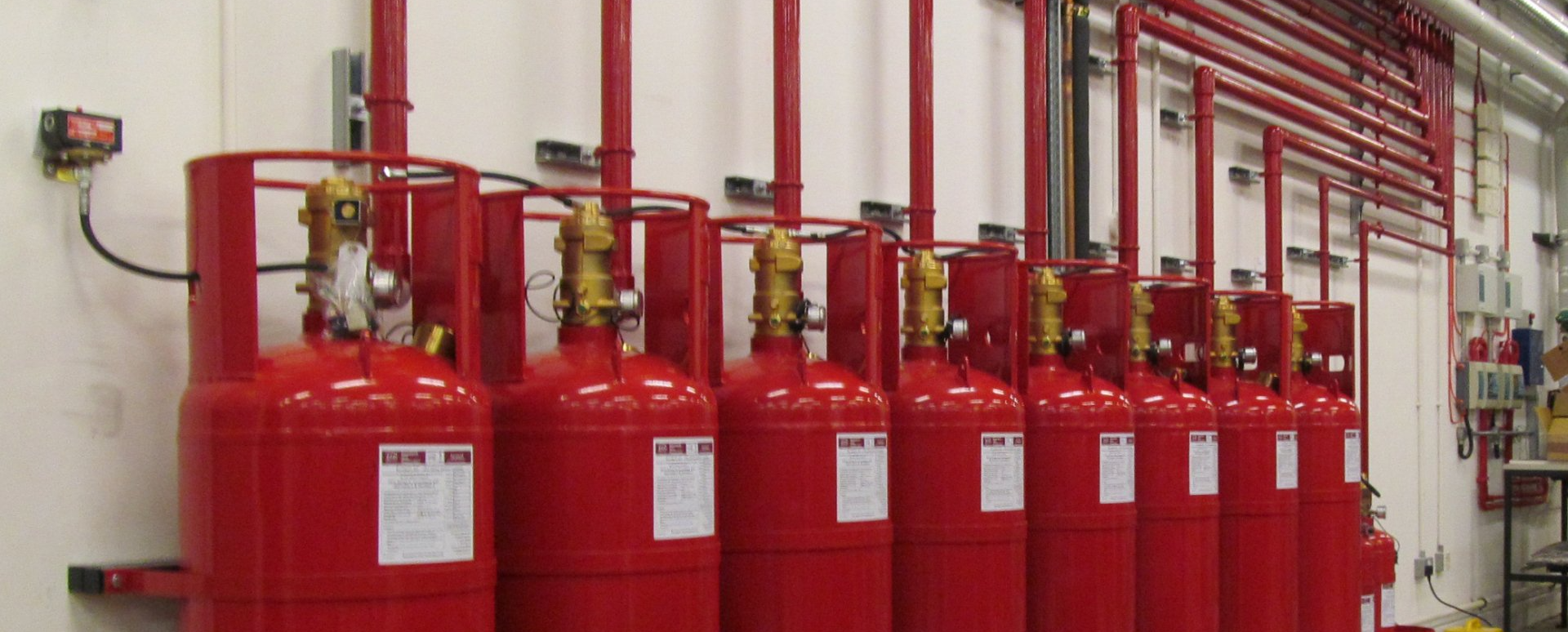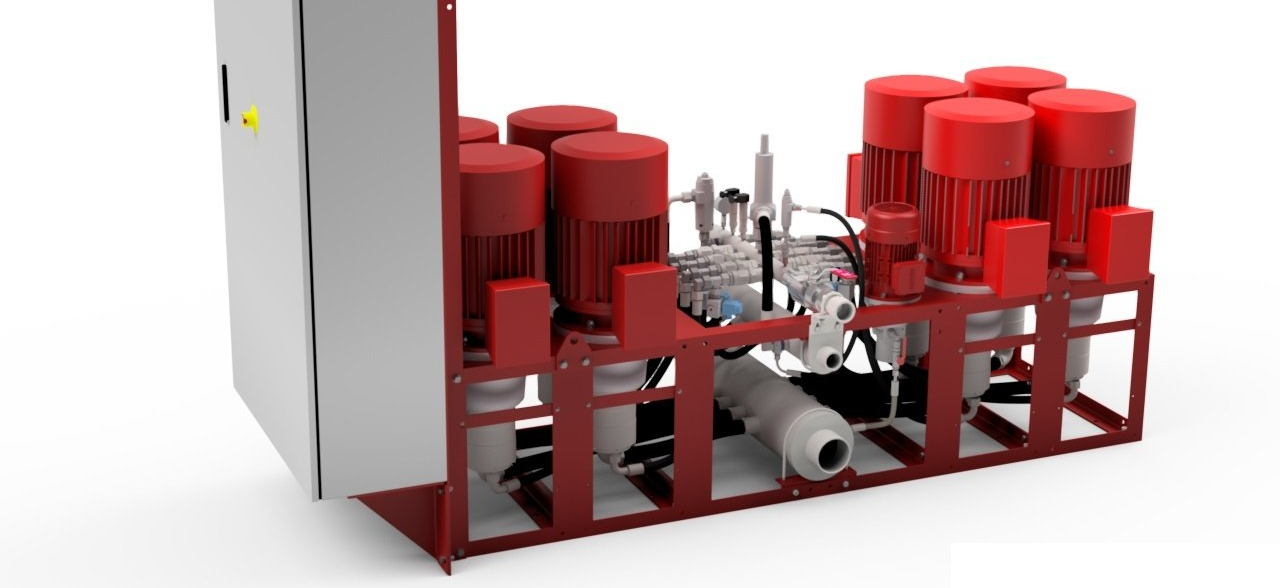
The Hazards Data Centres Present
For an ever increasing part of the world’s population, daily life depends on reliable data centres. Whether this is cloud
computing generally, online banking, email, data backup or social media, several billion devices globally rely on smooth functioning data centres.
It’s essential, therefore, that data centres deliver consistent reliability, all day, every day, year after year. While there are several possible causes of disruption – extreme weather and power outages for example – fire represents a genuine hazard with potentially catastrophic results.
Minimizing the risk of fires occurring is essential, and so is the capability to respond quickly and effectively if a fire does break out.
Although major fires in data centres are rare, even small fires can endanger life and cause considerable damage. Data centre design should take account of this, with an awareness of the presence of electricity (a possible cause of initial combustion), flammable materials and the need to maintain a clean environment free of dust and fluff.
To remain safe and reliable, data centres require a combination of fire-safe design, passive fire protection, fire detection equipment and highly effective fire suppression systems suited to these very particular environments.
Fire suppression technology that's available
1.) Inert Gas Fire Suppression
Inert Gas Fire Suppression is one of the most common types of extinguishing method for data halls and server rooms. By depleting oxygen levels to around 12% where combustion can no longer take affect but is still safe for human exposure, an Inert systems creates an atmosphere that starves any opportunity for a fire to develop.
There are 4 different mixtures of Inert gases available which are usually sold under more widely recognised trade names:
IG-55 - 50% Argon and 50% Nitrogen
Other names: Argonite
IG-541 - 52% Nitrogen, 40% Argon and 8% CO2
Other names: Inergen
IG-100 - 100% Nitrogen
Other names: Nitrogen
IG-01 - 100% Argon
Other names: Argon
Inert Gas Systems work well in data centre environments due to there flexibility with pipe work configurations, holding no environmental footprint and leaving no residue once discharged leaving your assets unscathed. In recent years it has become known that the discharge of an Inert system can create a risk to old vulnerable hard drives due to the noise output from each nozzle degrading their read a write lasers however this issue has been overcome by the industry introducing new bafflers which can be retrofit onto each discharge nozzle and limits the sound output.

2.) Chemical Gas Fire Suppression
There are currently two chemical (otherwise known as synthetic) gas suppression systems widely available. Chemical gas systems work by cooling the fire whilst inhibiting any free radicals to put a stop to the chemical chain reaction.
FK-5-1-12
Other names: Novec 1230
HFC-227ea
Other names: FM-200
Chemical systems work well in server halls as they can easily be split into a modular system with cylinders located around the rooms perimeter so there's no need for a dedicated storage room. Chemical gas systems also have a much smaller footprint in comparison. FM-200 is no longer the favoured option due to the F-Gas regulation being introduced and it's bad environmental properties.

3.) Watermist Systems
All Watermist systems work in the same way. A fine mist of water droplets reduces the temperature of the air and that of any potential fuel; water will penetrate the source of the fire and some water droplets will turn to water vapour which in turn reduces the localised oxygen supply around the fire. Additionally the mist of water will reduce the level of smoke and hot gases. This four-fold combination leads to highly effective fire suppression with reduced water consumption when compared to sprinklers - they are ideal around electronic equipment and in kitchens or other enclosed spaces.
High Pressure
High pressure systems work at pressures above 35 bar but typically operate at 70 bar or more
Low Pressure
Low pressure systems work at pressures below 12 bar but typically operate at 6 bar or more
Watermist systems are becoming a popular fire protection option in the hyperscale space as the concern of losing the assets is reduced by available redundancies to protect the data transfer. New Paragraph




